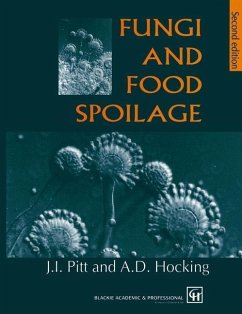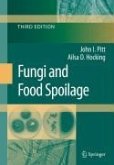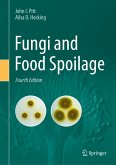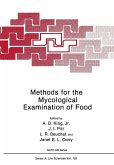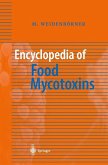This book is designed as a laboratory guide for the food microbiologist, to assist in the isolation and identification of common food-borne fungi. We emphasise the fungi which cause food spoilage, but also devote space to the fungi commonly encountered in foods at harvest, and in the food factory. As far as possible, we have kept the text simple, although the need for clarity in the descriptions has necessitated the use of some specialised mycological terms. The identification keys have been designed for use by microbiologists with little or no prior knowledge of mycology. For identification to genus level, they are based primarily on the cultural and physiological characteristics of fungi grown under a standardised set of conditions. The microscopic features of the various fungi become more important when identifying isolates at the species level. Nearly all of the species treated have been illustrated with colony photographs, together with photomicrographs or line drawings. The photomicrographs were taken using a Zeiss WL microscope fitted with Nomarski interference contrast optics. We are indebted to Mr W. Rushton and Ms L. Burton, who printed the many hundreds of photographs used to make up the figures in this book. We also wish to express out appreciation to Dr D.L. Hawksworth, Dr A.H.S.
Dieser Download kann aus rechtlichen Gründen nur mit Rechnungsadresse in A, B, BG, CY, CZ, D, DK, EW, E, FIN, F, GR, HR, H, IRL, I, LT, L, LR, M, NL, PL, P, R, S, SLO, SK ausgeliefert werden.
"This is a must-have for all who deal with spoilage issues involving moulds ... . The book will, however, remain as a treasured testimony to the work of a most remarkable man who devoted most of his life to improving our understanding of food spoilage issues involving fungi, and particularly the characterization of the species involved." (IMA Fungus, Issue 2, February 5, 2024)

